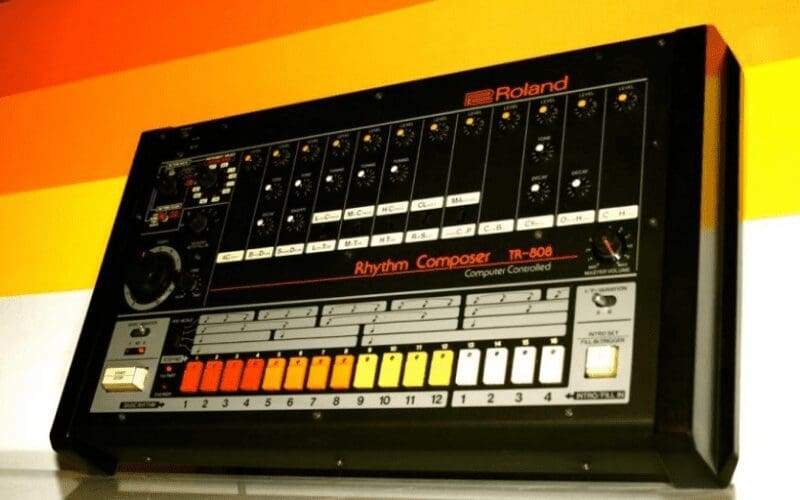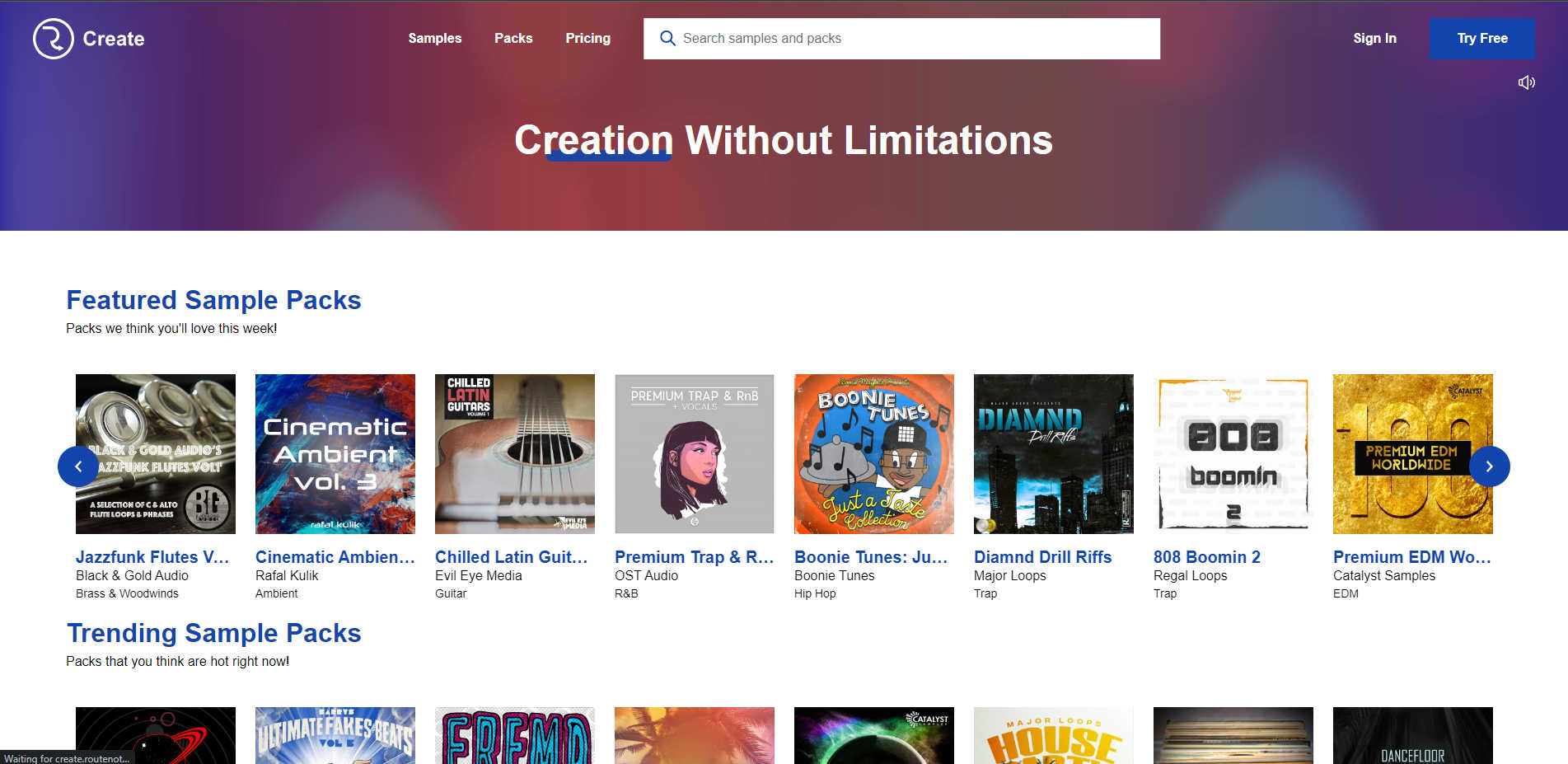10 Common Mistakes to Avoid as a Beatmaker
Making, marketing and selling beats can be both creatively rewarding and potentially lucrative. However, many producers fall into common traps that hold them back from success. In this guide, we’ll break down ten frequent mistakes beatmakers make—so you can steer clear of them and take your craft to the next level.
1: Overcomplex and Crowded Beats

As a beatmaker, your goal is to create a foundation for the artist—not compete with them. While unique and attention-grabbing beats are essential, they shouldn’t overshadow the vocalist. Overloading your track with excessive instrumentation, complex melodies, or frequent musical changes can make it difficult for an artist to find their flow. A well-balanced beat provides space for vocals to shine while still maintaining its own energy and appeal. Keep it engaging but leave room for the artist to bring it to life.
2: Poor Pricing
Setting the right price for your beats is crucial—charge too much, and you may push potential buyers away; charge too little, and you risk undervaluing your work. Research what producers at a similar level are charging and ensure your pricing reflects both your experience and the quality of your beats. If you offer different tiers, make sure each price point is fair, structured, and provides real value. Keep your beats competitively priced—affordable enough to attract buyers, but not so low that they seem disposable.
3: Generic Predictible Sounds

If you want your beats to stand out, using fresh, original high-quality sounds is essential. While certain genres—like trap with its signature 808s—rely on specific elements, that doesn’t mean your beats have to sound like everyone else’s. Experiment with layering, processing, and tweaking familiar sounds to give them a unique edge. Stick to the core identity of a genre, but don’t be afraid to introduce some unexpected elements—sometimes, a single unconventional sound can be the difference between blending in and grabbing attention.
4: Poor Thumbnails
First impressions matter, and in the world of beatselling, your thumbnail is generally the first thing a potential buyer sees. A low-quality, unappealing, or inconsistent thumbnail can make your beats look unprofessional and easily overlooked. Aim for clean, eye-catching visuals that reflect your brand and remain consistent across your uploads. Consider using a particular visual theme or code. This could be a signature color scheme, a unique illustration style or the integration of your beatmaking brand’s logo. Having a strong visual identity will help your beats stand out and seem more professional in a crowded marketplace.
5: Lack of Song Structure
A well-structured beat makes it easier for artists to write and perform on without having to re-edit the beat. If your beat just loops repetitively or has an unconventional arrangement, it can be hard for vocalists to envision their song on it. To keep your beats artist-friendly, include essential sections like intros, verses, hooks, and bridges. Keep intros short to grab attention quickly, and for genres like Hip-Hop and Trap, aim for 16-bar verses—this is the industry standard and ensures your beat is ready for most artists to jump on without extra modifications.
6: No Marketing Strategy

Uploading beats to beat-selling platforms or video sharing sites is a start, but without a solid marketing strategy, your reach will be limited. To truly grow your brand and boost sales, you need a plan. This can include social media promotions, paid ads, collaborating with other producers and even building an email list to keep an engaged audience updated. Many of the most successful beatmakers treat marketing as just as important as production. It’s not uncommon that beatmakers will dedicate at least half their time to promoting their beats. The more effort you put into visibility, the better your chances of turning listeners into customers.
7: Poor Mixing and Mastering
Even the most fire beats can fall flat if they don’t hit right sonically. A clean, professional mix ensures your beats stand out and don’t fall flat against the competition. Keep the low end tight and controlled, let the mids punch through with clarity, and add a touch of airiness to the highs for a polished sound. Use compression wisely—while it helps glue everything together, over-compressing can drain the energy from your beat. Finally, ensure your track’s volume is in line with other producers’ work.
8: Beats Not on Trend
Staying up to date with current sounds and trends is essential for keeping your beats relevant and in demand. This doesn’t mean you have to jump on every new bandwagon that passes through. but you should be aware of what artists are looking for. Keep an eye on emerging talents and popular styles to create beats that fit current industry demands. Study trending “type beats” and try to put your own unique spin on the formulas used by these artists. At the same time, avoid sticking to outdated styles that have gone out of vogue. Keeping your sound fresh ensures your beats stay competitive and marketable.
9: Poor Sound and Sample Choice
If you rely on samples and loops in your production, the quality of your beat will be directly tied to the quality of the sounds you choose. Rushing the sample selection process can lead to lackluster results, so take the time to find high-quality sounds. Organizing ‘favorited’ sample folders with go-to melodic loops, drum loops, textures, effects, one-shots etc, can streamline your workflow and keep inspiration flowing. Prioritize samples that are professionally recorded, well-played, and feature authentic instrumentation. Remember, great source material will naturally elevate your beats and reduce the need for excessive mixing and fixing later on.
Don’t forget, for a massive collection of top-quality, unbeatable value samples RouteNote Create has you covered.

10: Unclear Licensing
Beyond the actual music production, the business side of selling beats is just as important—and unclear licensing can turn potential buyers away. Artists want to know exactly what they’re paying for before making a purchase. Make sure your licensing terms are clearly outlined on your beat store, with a simple breakdown of what each license (If you are offering multiple tiers) includes. Avoid overly complicated long-form agreements—keep them professional yet easy to understand. The clearer and more transparent your terms, the more confidence artists will have in buying from you.
Remember – RouteNote Create subscriptions start from as little as $2.99. You also get 10 FREE credits to spend on samples along with access to our FREE sample pack bundle when you sign-up!
